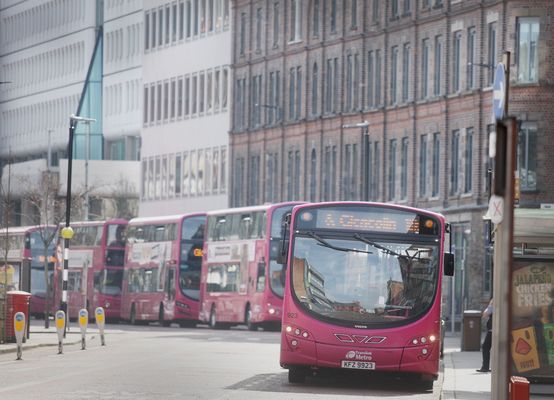THE Public Accounts Committee (PAC), which examines and reviews spending by Stormont, has published a report concluding that the Executive's Child Poverty Strategy was a ‘catalogue of failures’.
The strategy, which fell under the remit of the Department for Communities was tasked with reducing the levels of child poverty in the North but upon examination child poverty levels actually increased.
In recent years and particularly during the current cost of living crisis the numbers of families and children experiencing poverty has increased. Last week we reported that during the Halloween school break demand on one West Belfast food surged by a shocking 300 per cent alone.
Food bank referrals up 300 per cent over half-termhttps://t.co/nto45KgICf
— Andersonstown News (@ATownNews) November 8, 2024
Among the Public Accounts Committee’s criticisms of the implementation of the Child Poverty Strategy are that the rate of child poverty actually grew from 20 per cent to 24 per cent in 2022-23 and that the Department ‘appeared to be too far removed’ from those children and families experiencing poverty.
Daniel McCrossan MLA (SDLP), Chair of PAC said: “Tackling child poverty and the serious challenges that exist for the most vulnerable in our society are vitally important topics for our Committee.
"It is simply unacceptable that almost one in four of our children now lives in relative poverty, and around nine per cent of children live in low-income households that cannot afford basic goods and essential activities.
“Behind these statistics are real families and real children. As MLAs, we know there are families in our constituencies who struggle to heat their homes and put food on the table. Childhood poverty can lead to long-term disadvantage – and those growing up in poverty are more likely to experience poverty in adulthood.”
Every child deserves a fair chance to flourish.
— Colm Gildernew MLA (@GildernewColm) November 7, 2024
The Communities Minister must bring forward a strong Anti-Poverty strategy to tackle child #poverty head-on as an urgent priority.
No #child should be left behind. pic.twitter.com/xqcxcJjDYd
The PAC recognised the important role of the Community and Voluntary Sector in supporting those in need and has called for greater partnership working between it and Executive Departments to ensure that the needs of children are met in the development of a new anti-poverty strategy.
The SDLP MLA continued: “The delivery of the Child Poverty Strategy has been characterised by a catalogue of failures: Failure to turn the curve and reduce child poverty, failure to monitor outcomes effectively, failure of collective working and accountability, failure to engage with children and the community and voluntary sectors, and a failure to produce a new anti-poverty strategy. We are also frustrated by the lack of progress made in the two years since the Child Poverty Strategy ended.”








